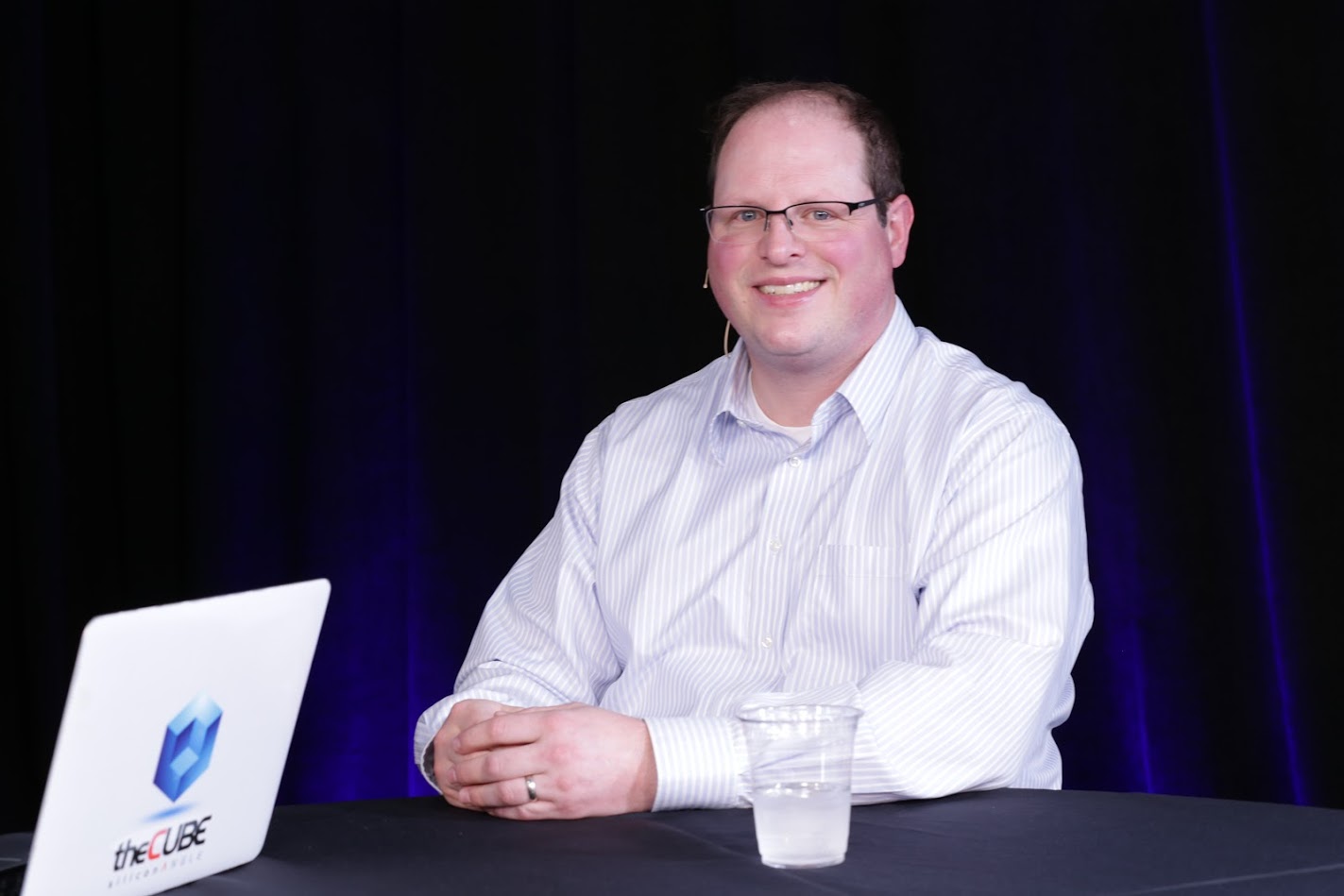 BIG DATA
BIG DATA
 BIG DATA
BIG DATA
 BIG DATA
BIG DATA
Big data still holds the promise of redefining business analytics, but software applications’ rapid-fire version releases make it difficult for businesses to keep up. While companies want to stay on the cutting edge of information technology, they also like to keep the infrastructure and applications they’ve already purchased. This tug of war has slowed the adoption of emerging data science technologies, but container technology and a fresh perspective can help businesses survive the transition.
“We’ve sort of seen big data 1.0 a couple years ago, big data 2.0, and now we’re moving on to what’s next. It’s interesting because the big data space has really lagged the application space,” said Matt Maccaux (pictured), global big data practice lead at Dell EMC.
Maccaux spoke at last week’s BigData NYC event, sitting down with John Furrier (@furrier), co-host of SiliconANGLE’s roving newsdesk theCUBE. The two discussed the effects of big data’s early hype and the methods that could help big data tools gain adoption. Maccaux also talked about Dell EMC’s ability to incorporate customers’ legacy infrastructure into big data solutions, even if that means integrating with other hardware providers.
Applications are moving ahead of data, according to Maccaux. Where applications have gone to the cloud, converted into services and moved toward stateless design, data hasn’t quite caught up. The technology is there, but the thinking around it seems to favor slower and more methodical processes. This has left a lot of enterprise businesses waiting for the next thing.
Cloud is not always the answer. Not every workload is suited to the cloud, and secured data might have to stay inside the walls of on-premises data centers. In this case, Maccaux suggested that companies should start with an on-prem cloud model to test what they need and how they use it, then branch out with a hybrid cloud solution.
The key is to complement and augment existing infrastructure. “Let’s help them containerize their Big Data workloads. … Let’s help them define centralized security policies. … Now we have a way to automate the deployment of environments,” Maccaux said. It’s important to provide that capability on top of a company’s existing infrastructure.
Partnerships are a big part of making that happen, according to Maccaux. Customers want tech providers who can solve their problems, not just sell boxes. That means finding the right solutions, which may come from another vendor.
“If the customer says we’re moving to Amazon, Dell EMC might not sell them any more compute infrastructure, but it’s our job to help them get there. By partnering with other organizations, we can help make that seamless,” Maccaux said.
Watch the complete video interview below, and be sure to check out more of SiliconANGLE’s and theCUBE’s coverage of BigData NYC 2017.
Support our mission to keep content open and free by engaging with theCUBE community. Join theCUBE’s Alumni Trust Network, where technology leaders connect, share intelligence and create opportunities.
Founded by tech visionaries John Furrier and Dave Vellante, SiliconANGLE Media has built a dynamic ecosystem of industry-leading digital media brands that reach 15+ million elite tech professionals. Our new proprietary theCUBE AI Video Cloud is breaking ground in audience interaction, leveraging theCUBEai.com neural network to help technology companies make data-driven decisions and stay at the forefront of industry conversations.